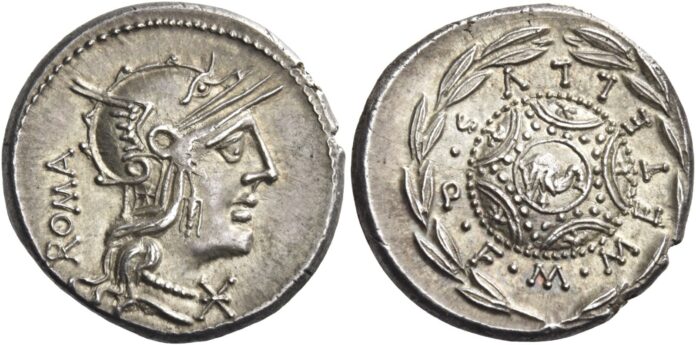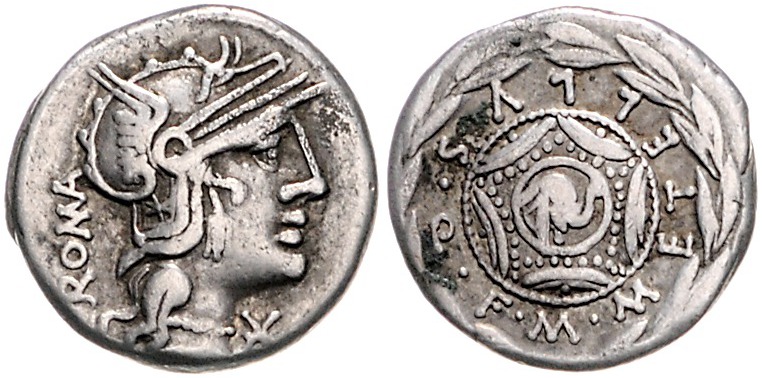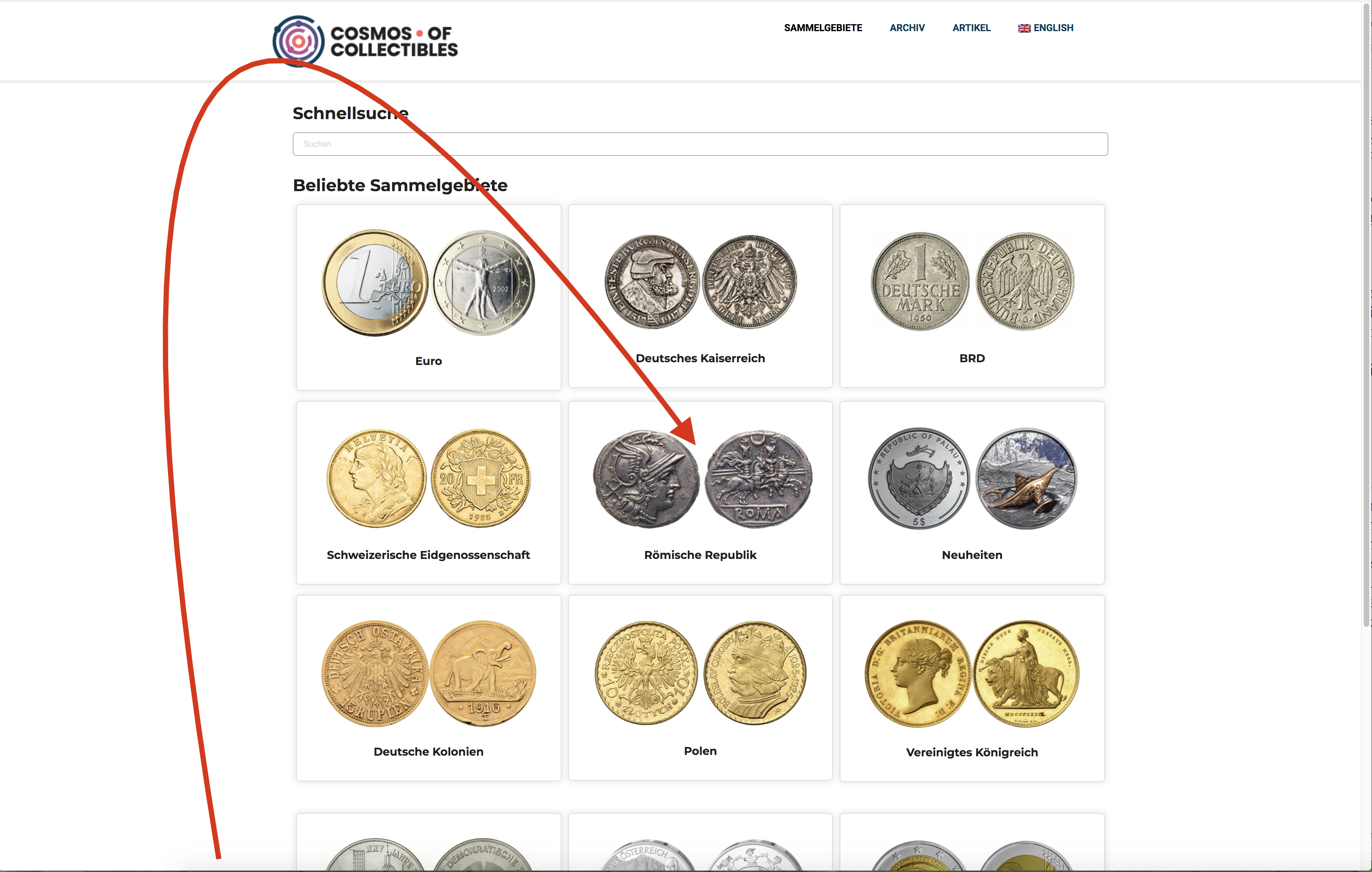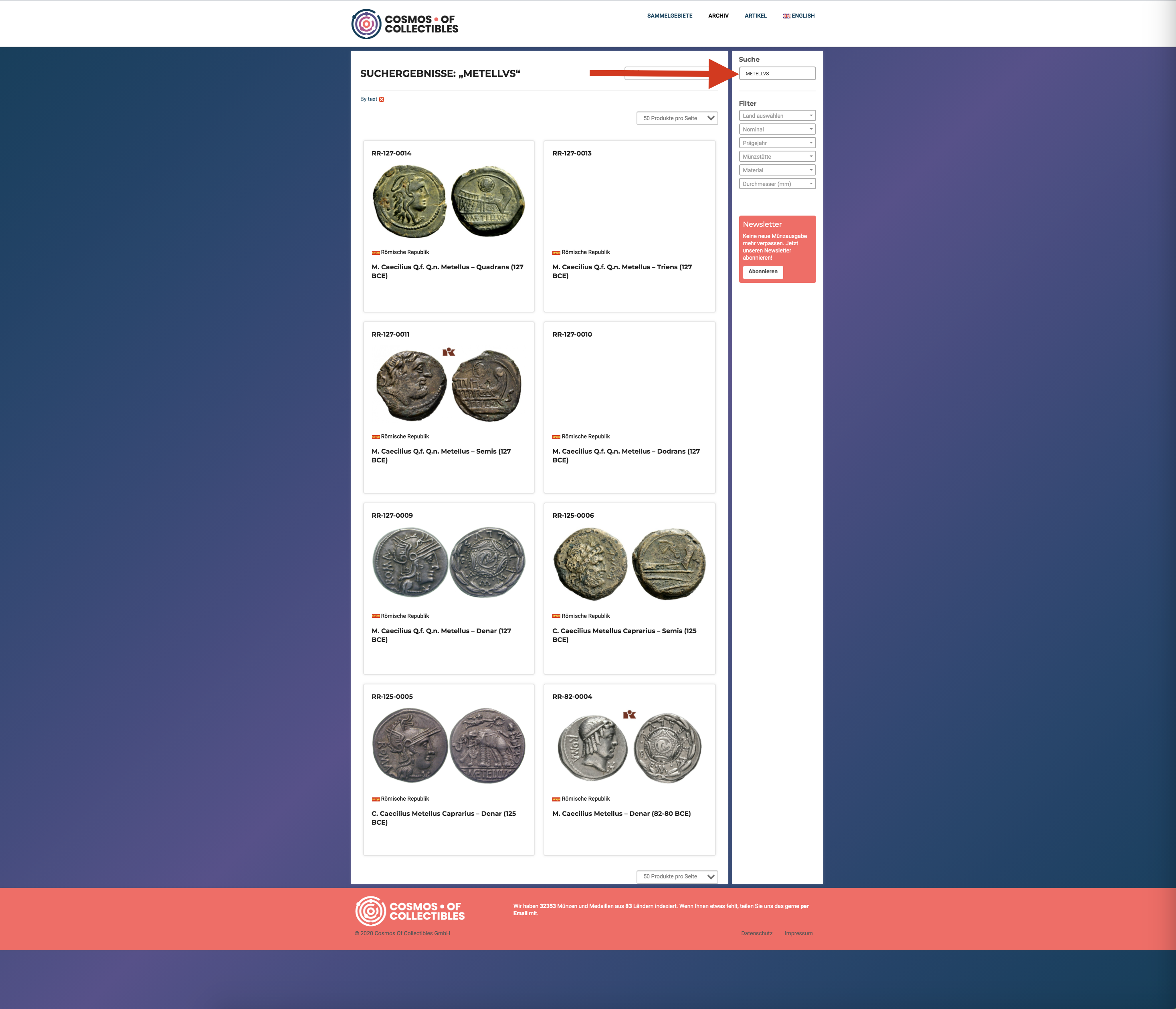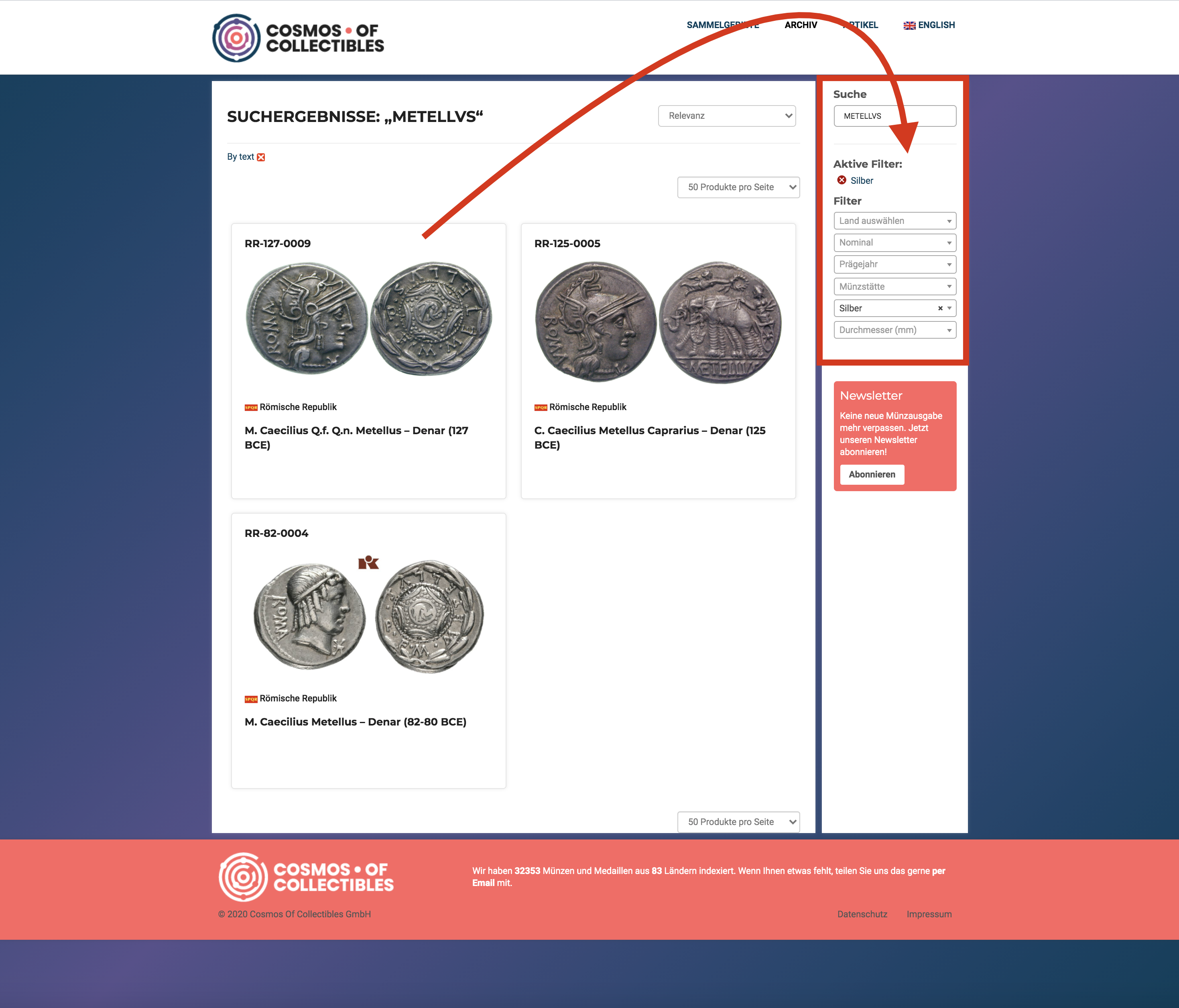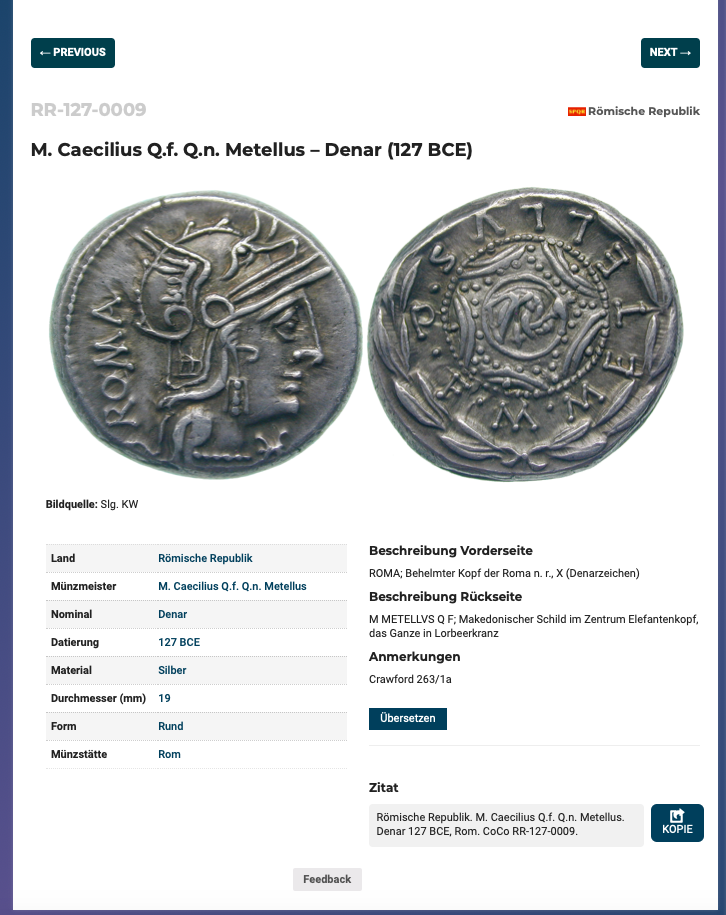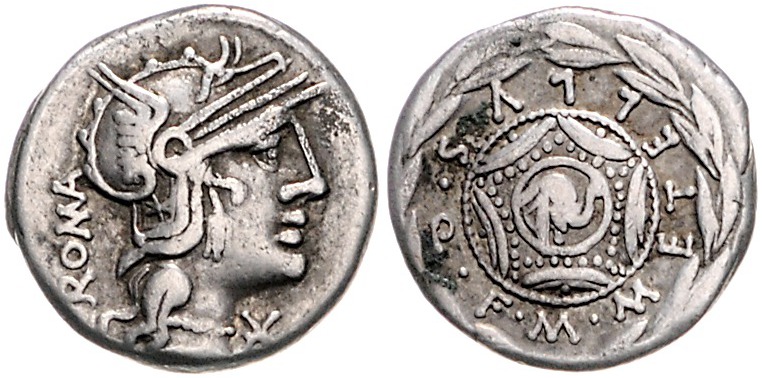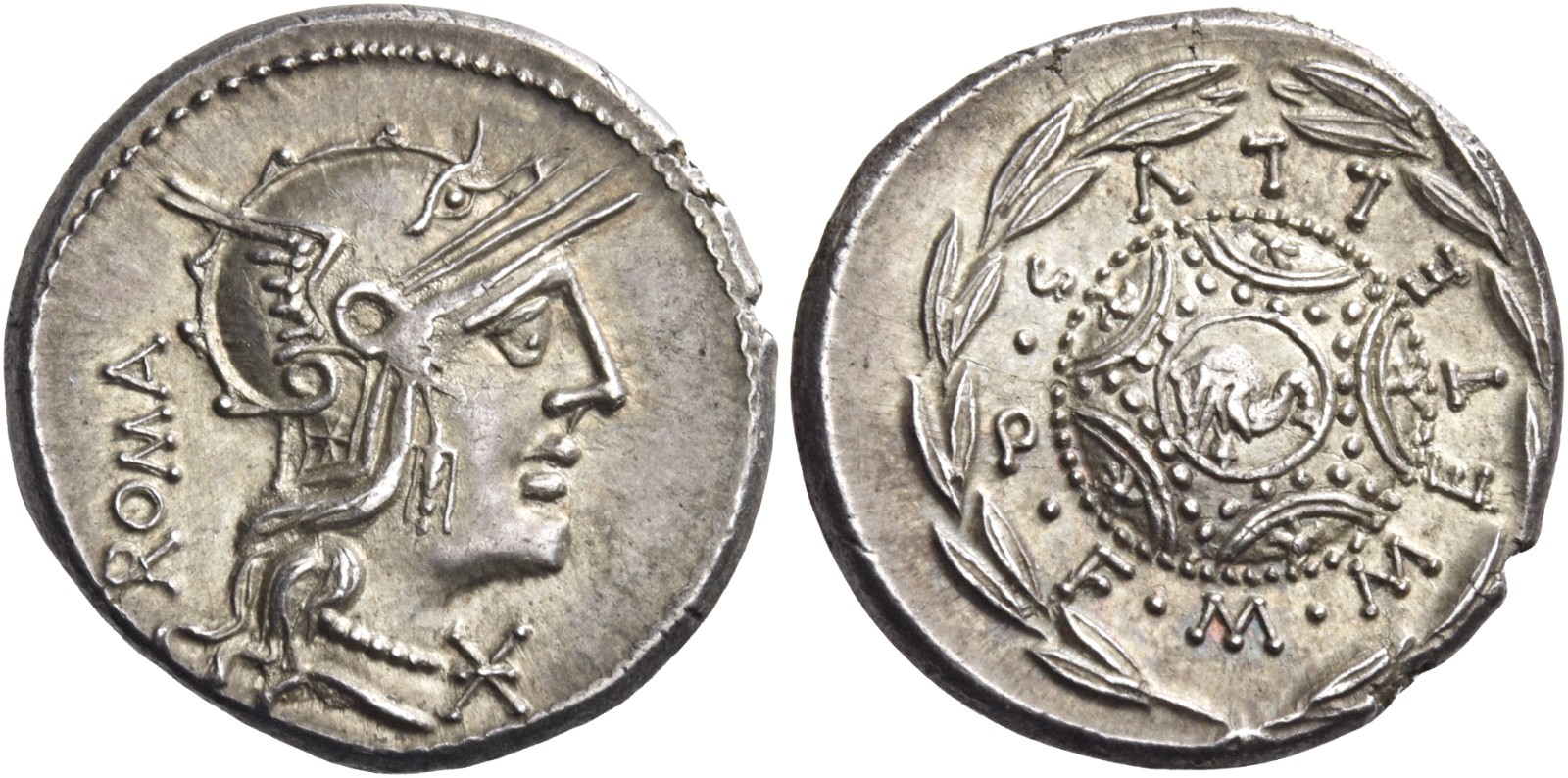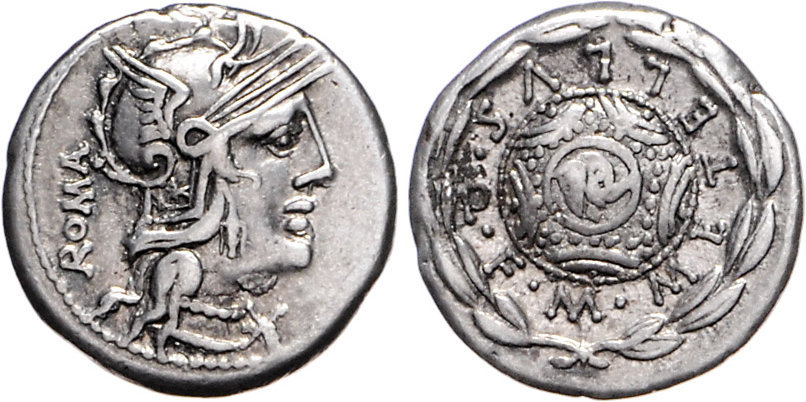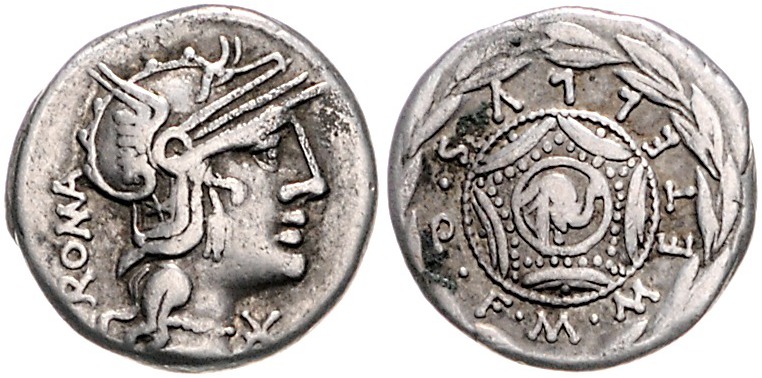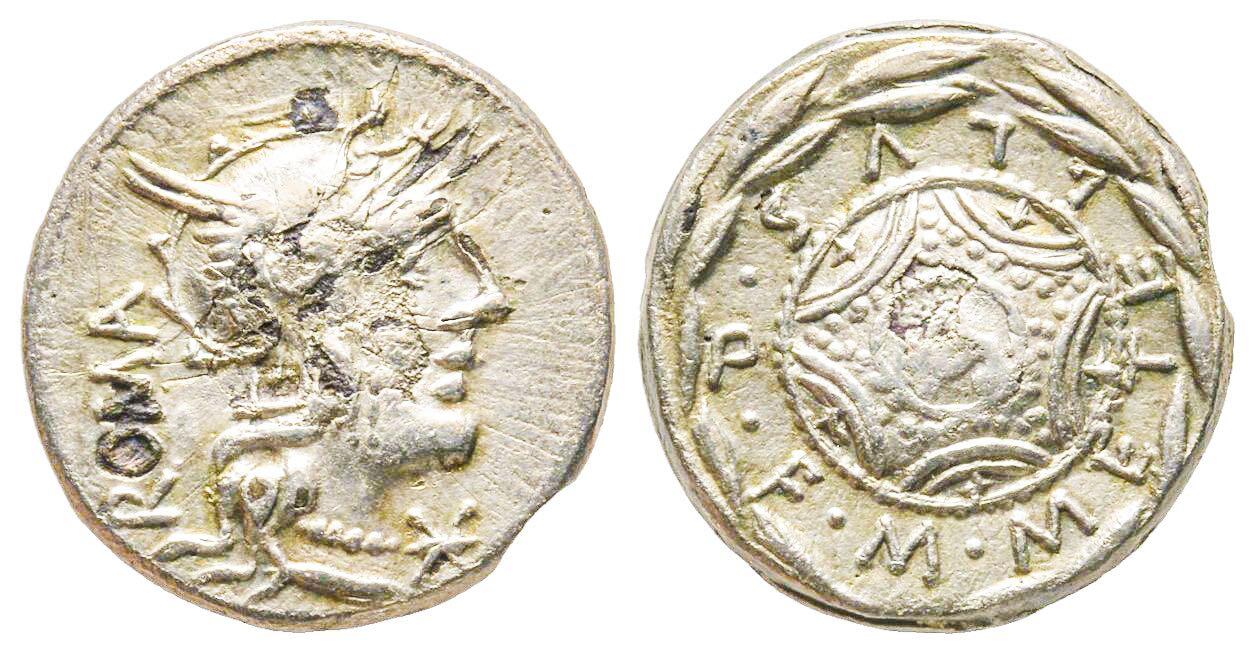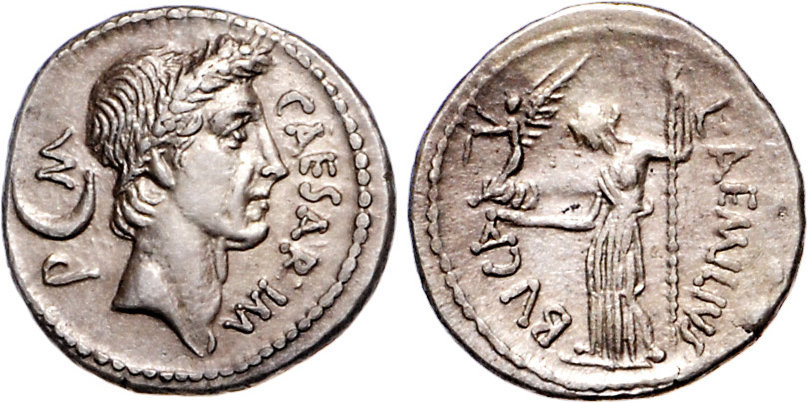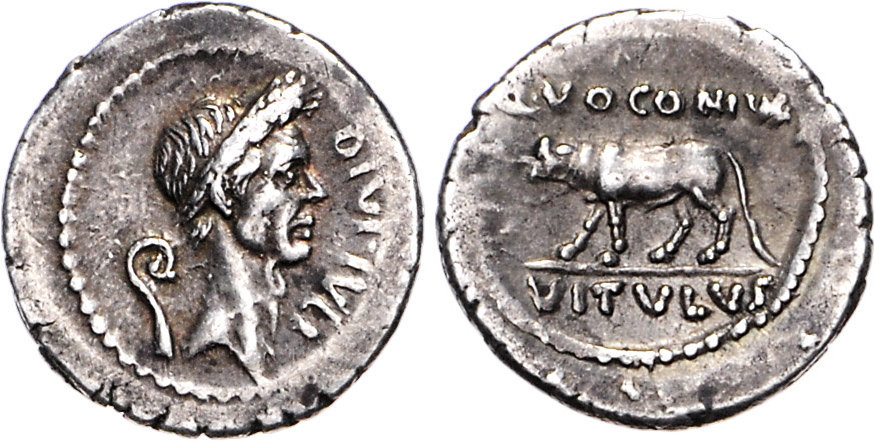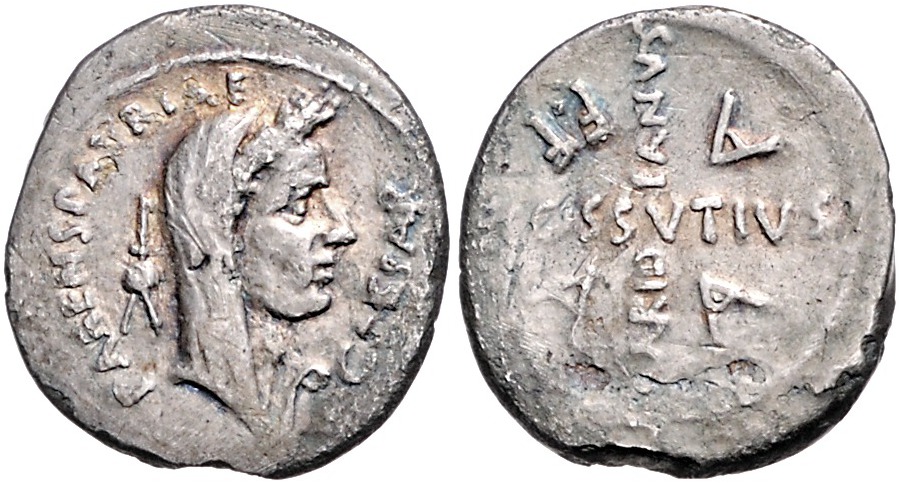This article was brought to you by Emporium Hamburg, the specialist for coins of the Roman Republic.
Are you annoyed because Cosmos of Collectibles does not indicate prices? There’s a good reason for it: Prices change all the time, and especially in the field of ancient coins there are too many small aspects regarding style and minting quality that make a great difference in price. That’s why we prefer to show you how to determine the price yourself. So, you want to know what your coin from the Roman Republic is worth? In this article, we’ll explain you how to do that. From the coin to the price in four steps – it couldn’t be any easier.
Step 1: Identify Your Coin
To find out which coin is lying in front of you, you have to identify it first. Although it isn’t a piece of cake to identify the piece by using the catalogue offered by Cosmos of Collectibles, it is not as hard as it is with traditional catalogues. Click on our “Roman Republic” section. If you can read a bit of the legend, the hardest part is already done because the easiest way of finding your coin is by searching for the legend. Insert whatever you can read in the search box. It helps to use a part of the text that is not featured on a lot of coins. If, for instance, you search for “ROMA” on the obverse, you will get too many results. But for “METELLVS” there are only eight results that you have to go through.
If there are too many results, try to filter them to display only coins made of the material you are looking for.
Attention! Since the section of coins of the Roman Republic offered by Cosmos of Collectibles is based on a catalogue written in German, the descriptions can be translated into English but searching for English words does not work at the moment. We are working on offering this feature as soon as possible. As long as it does not work yet, please search for the inscription.
Now use the pictures and the description to compare your coin with those depicted in our catalogue, just to be sure that you’ve identified the piece correctly. At this point, you’ve already completed the most important step. If you click on the field, you know what coin you have.
Step 2: Determine the Quality
The next step is a bit more complicated. It’s about determining the quality of the coin, that’s the crucial aspect even if your coin is more than 2,000 years old.
In order to show you what we’re talking about, please first look at the FDC coin. FDC means: the condition of the coin is perfect, there is not even the tiniest sign of wear. And yes, there are ancient coins of this quality, they are not encountered frequently, but frequently enough. By the way, since the little elephant at the top of the Macedonian shield is not perfect, this coin was not described as “FDC” but as “almost FDC”. In our example, you can observe how the quality deteriorates by looking at the dots on the shield.
Some of the raised areas may well be not completely perfect on an extremely fine coin. Look at the dots. They are not as sharp as on the FDC specimen.
On a very fine coin, these signs of wear are clearly visible.
And although one must be able to see all details on a fine specimen, the coin may well have other flaws.
Coins of poorer quality – in the past, “good” (G) and “very good” (VG) were still used – are only of limited collectability.
In order to illustrate how important the quality of a piece is for determining its price, we indicated results that were achieved by specimens of different quality. You’ll see: depending on the condition, the same coin can worth between 50 and 2,250 euros.
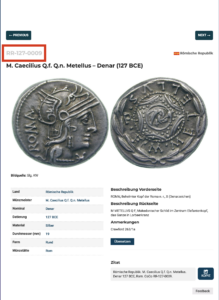
Step 3: Use Google to Search for the Piece!
Coins of the Roman Republic are also subject to market fluctuations, but not as much as coins of other fields are. The limited number of coin types and the history of the protagonists, which we are so familiar with, has been attracting collectors for centuries.
So use Google to find out what your denarius is currently worth. In order to do that, use the CoCo number first. That’s the easiest way. If it doesn’t work, enter the “mint master” and the denomination. It often helps not to enter the complete name of the mint master but only the family name (in our case Metellus). Since different dealers have very different approaches when it comes to describing a coin, you probably have to have a look at different versions to get a proper overview. That’s why the CoCo number makes the search so much easier.
An easy way to double-check: If you only found one or two results, you did not search properly. Usually, coins of the Roman Republic aren’t rare and are often on offer.
Step 4: Style, Centering, Patina and Other Value Factors
However, once you determined the correct price for a coin of your quality, you aren’t done yet if you deal with coins of the Roman Republic. The reason is that these pieces were not made by machines, every coin was made by hand. That means that these pieces differ a lot – and these differences are important.
What we’re talking about might become most apparent when looking at the portrait of C. Iulius Caesar. Is this the work of a true master, or did an apprentice engrave the die? Coins made from masterfully made dies are much more expensive than pieces that are not so sophisticated.
You can apply a factor of three to five for the difference in value between a piece of excellent style and an apprentice’s work. Although they are of the same quality, the piece of good style is worth five times a specimen of poor style.
However: Beauty is in the eye of the beholder and very subjective.
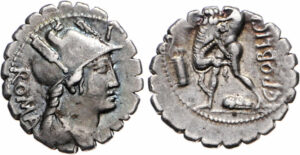
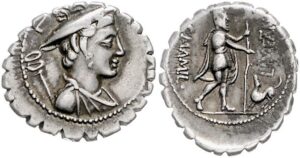
When minting by hand, the die does not always strike the blank at the right spot. Therefore, off-centre coins occur. On off-centre coins, parts of the depiction are missing. Such coins are worth less. How much their value decreases depends on the extent to which the image is off-centred and on the parts of the image that are off-centred.
If major parts of the depiction such as the head of Heracles are lost, the value decreases by 50% at least. If only the feet had been affected, a deduction of 10% would have probably been enough.
And vice versa: if, for once, you can see the entire legend and the border of dots on a coin of the Roman Republic, you can multiply the price you found by three.

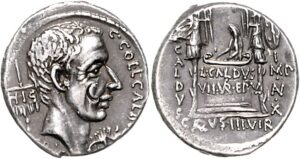
Whether it be a scratch, a flaw of the blank or the border, an intentional cut or punch or any other damage to the image. Every flaw, no matter how small, will reduce the value. That means that you have to carefully evaluate to what extent the damage affects the depiction. The greater the damage, the less the specimen is worth. For such a flaw you should deduct at least 30% from the value. A really bad error can have a significantly greater effect on the price and decrease the coin’s value by up to 80-90%. In other words: Even if you have an extremely rare coin that is otherwise of really good quality – as soon as there’s a big fat scratch right across the motif on the obverse, you’ll hardly find a collector willing to put it into his collection, unless it is so cheap that he wants it as a filler because he cannot afford a version of higher quality.
By the way, bronze coins of the Roman Republic are much rarer than silver coins. That means that bronze specimens of less quality can achieve high prices, especially when it has a beautiful, natural patina. So don’t try to “improve” such a piece by cleaning it. All you’ll do is decrease its value. Every experienced collector appreciates a good and undamaged patina, which means that you can raise your price by about 30%.
Did you take all aspects into account? Then you know now the approximate value of your coin.
This article was brought to you by Emporium Hamburg, the specialist for coins of the Roman Republic.
And don’t forget to subscribe to our free newsletter if you want to learn more about coins.



